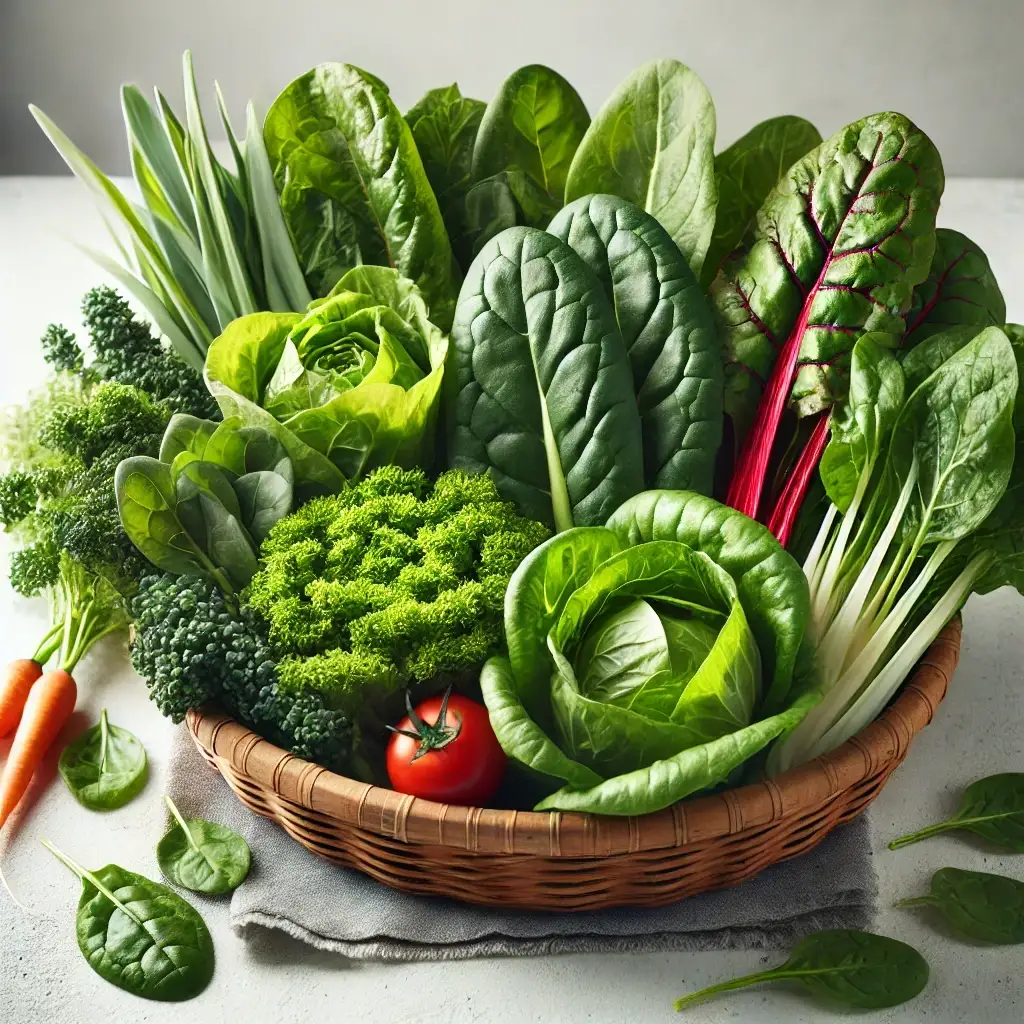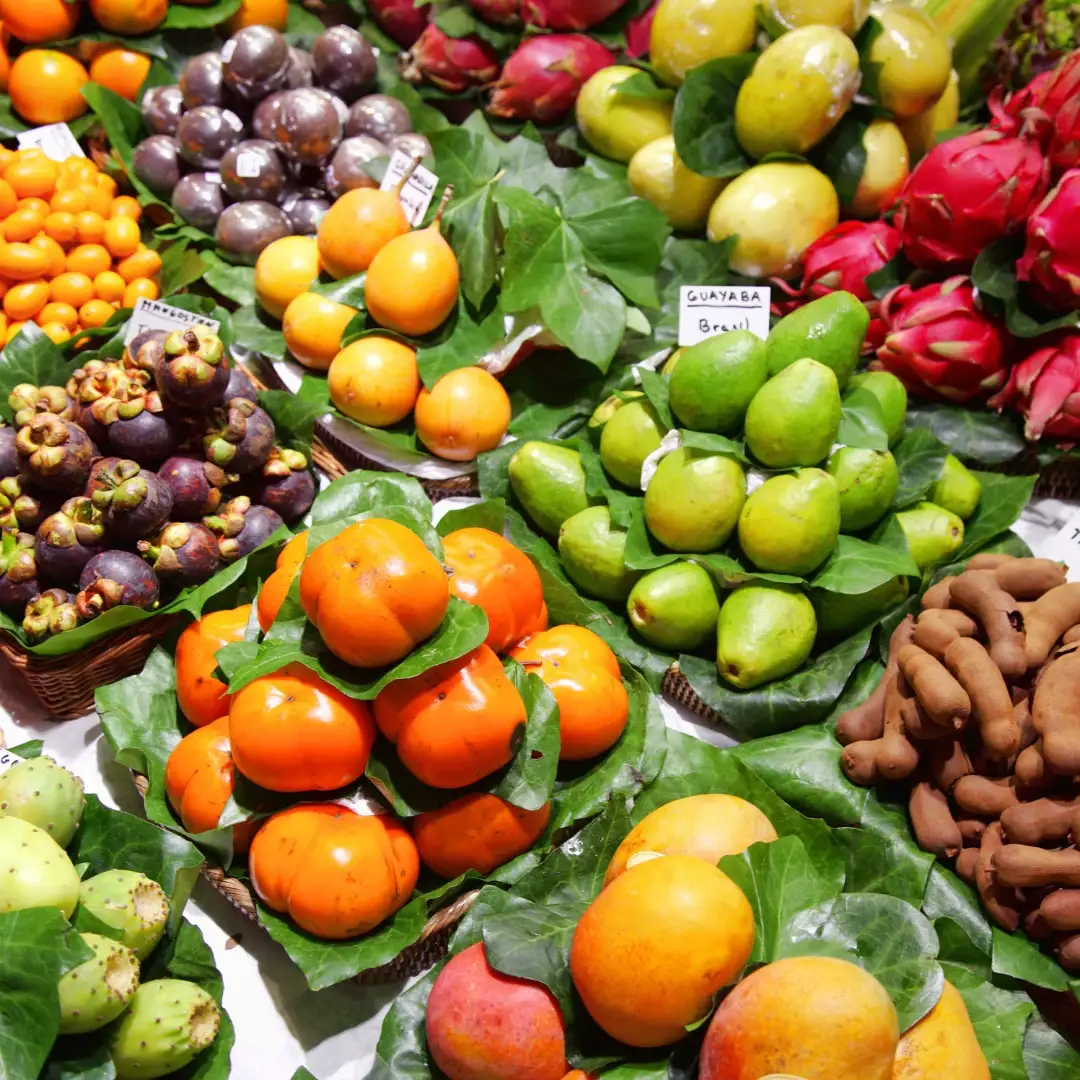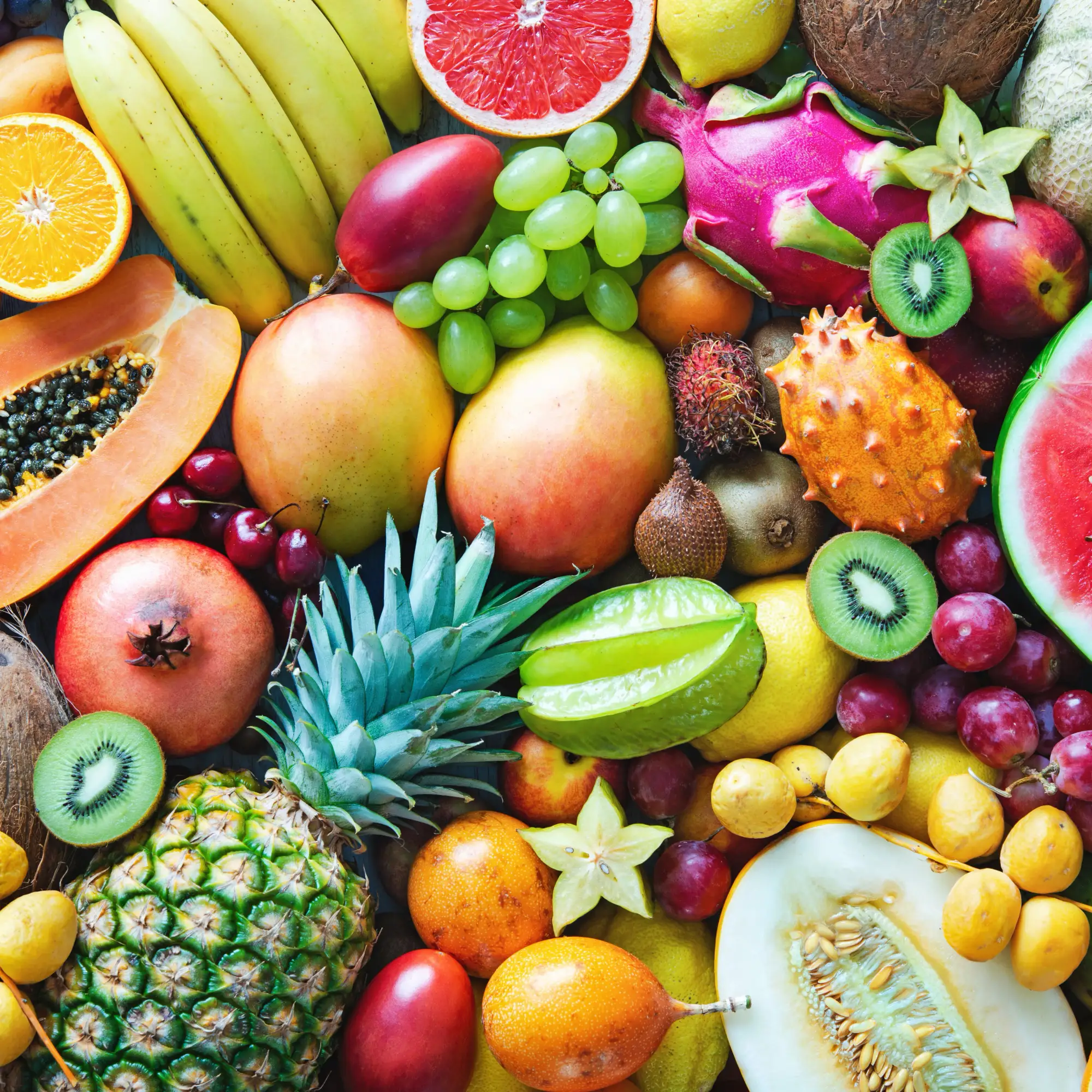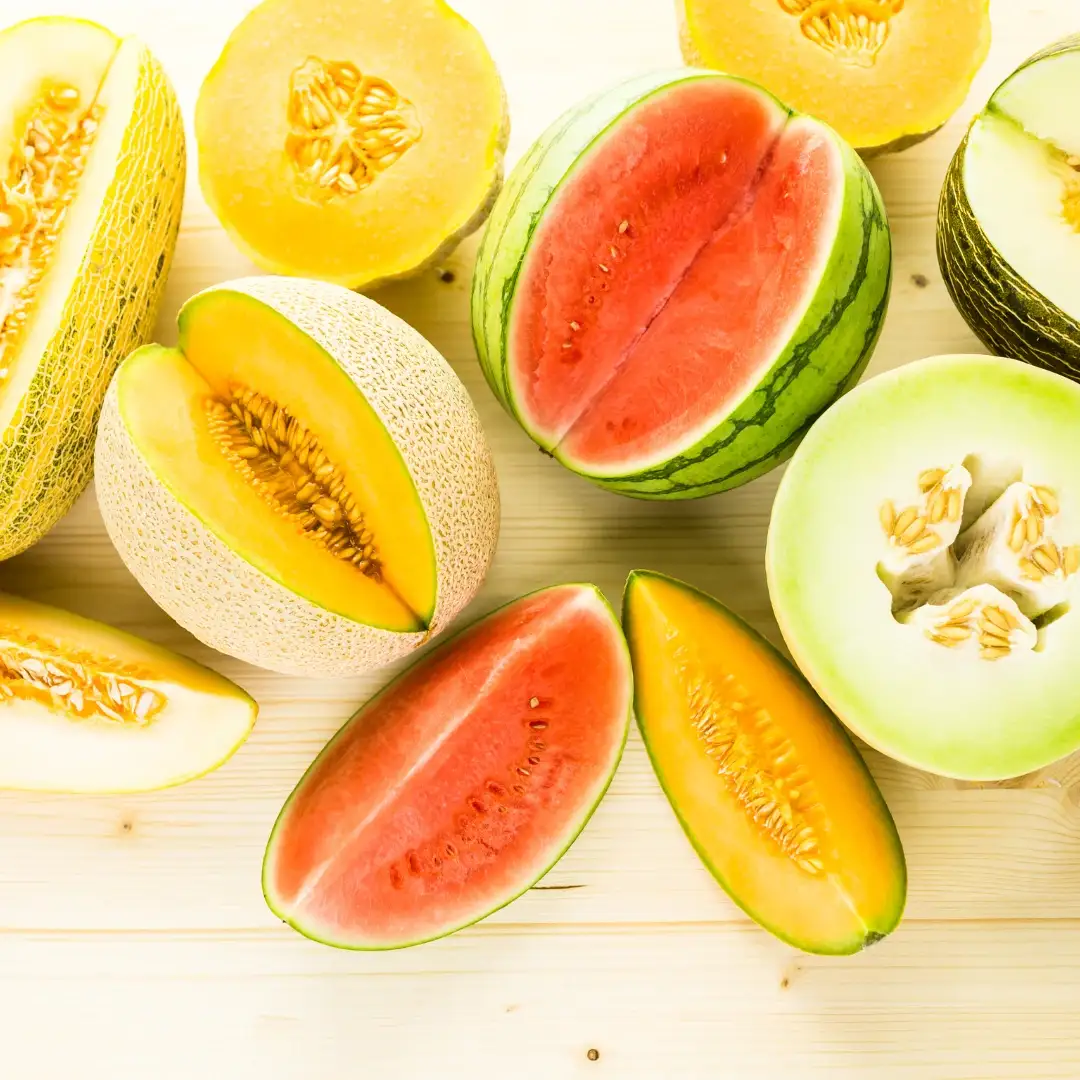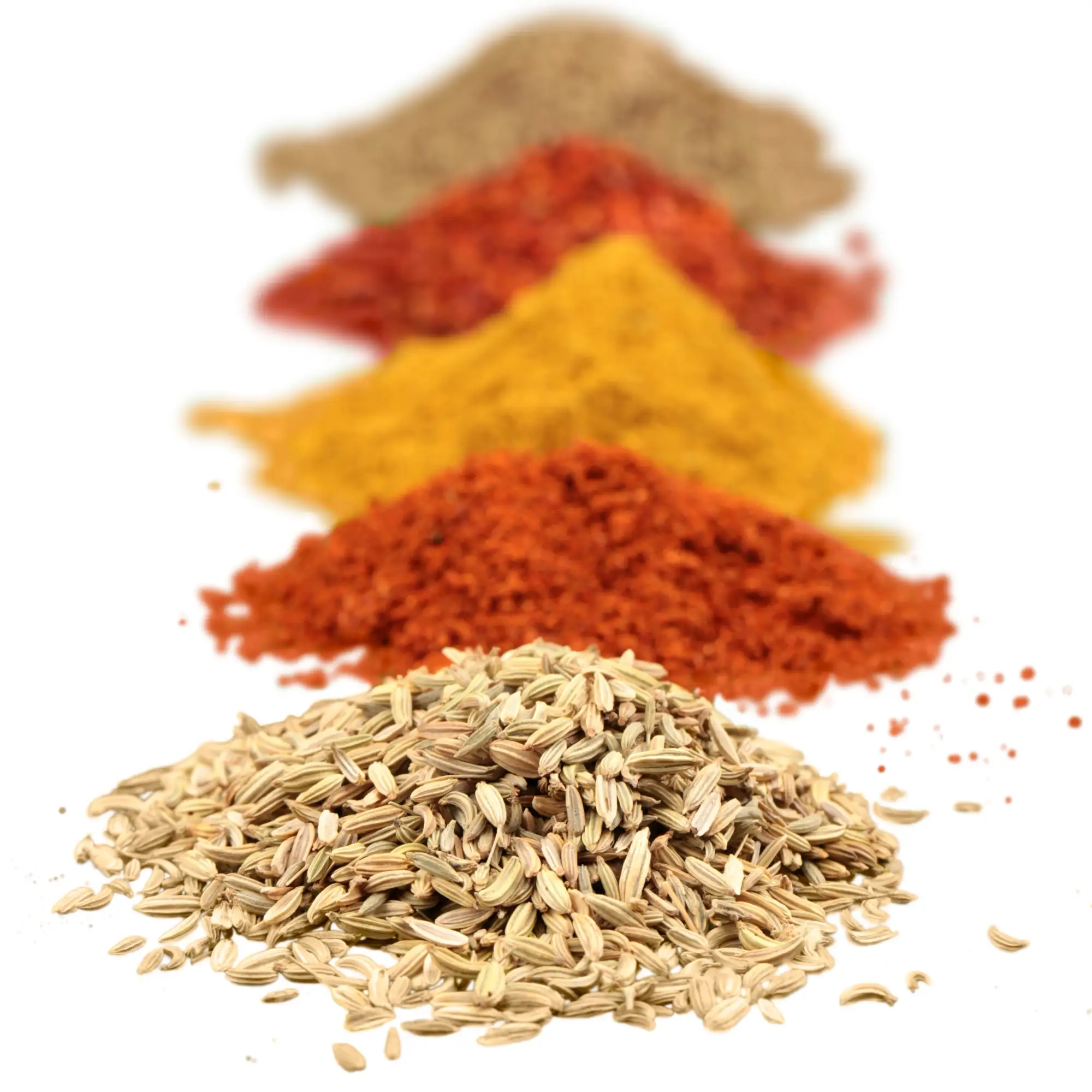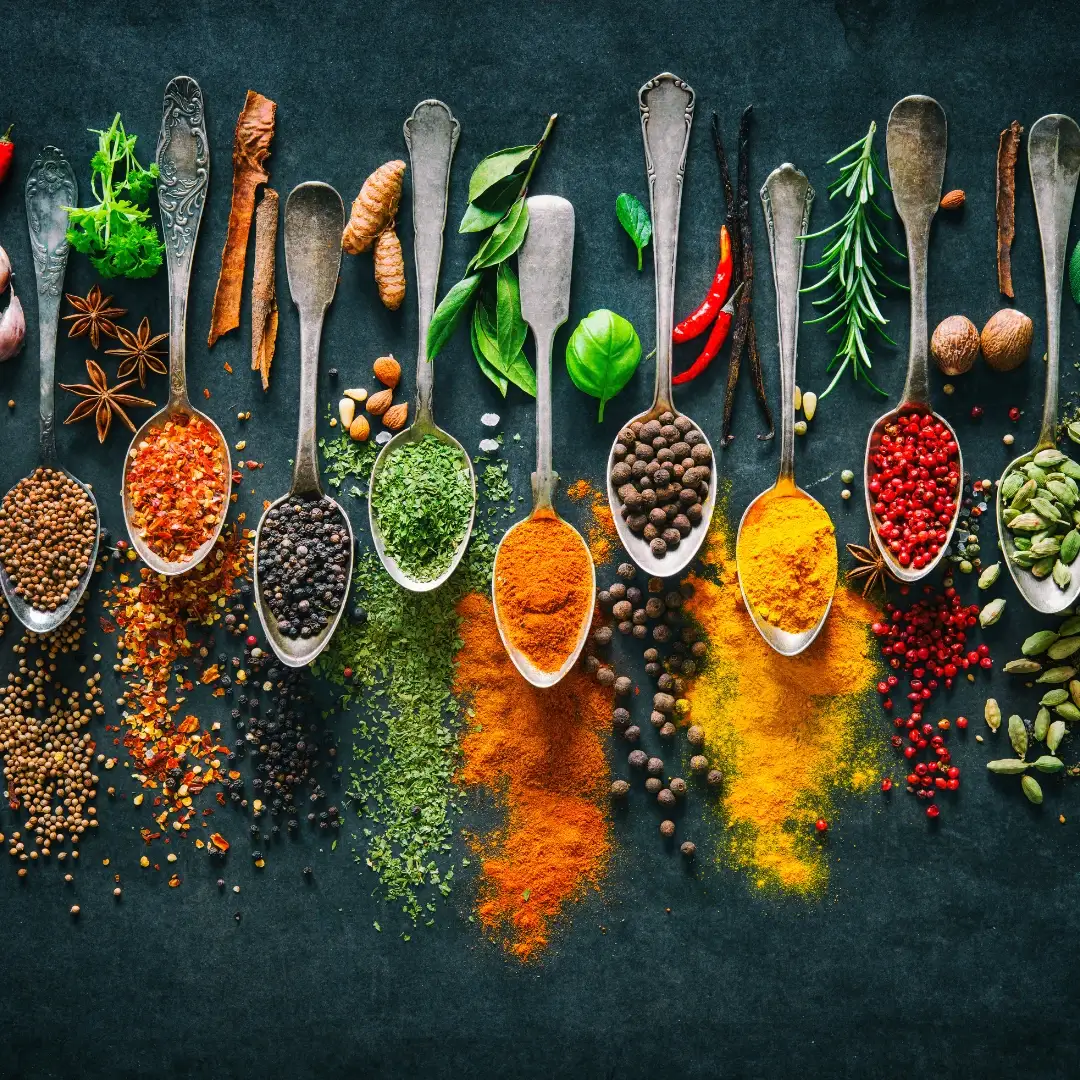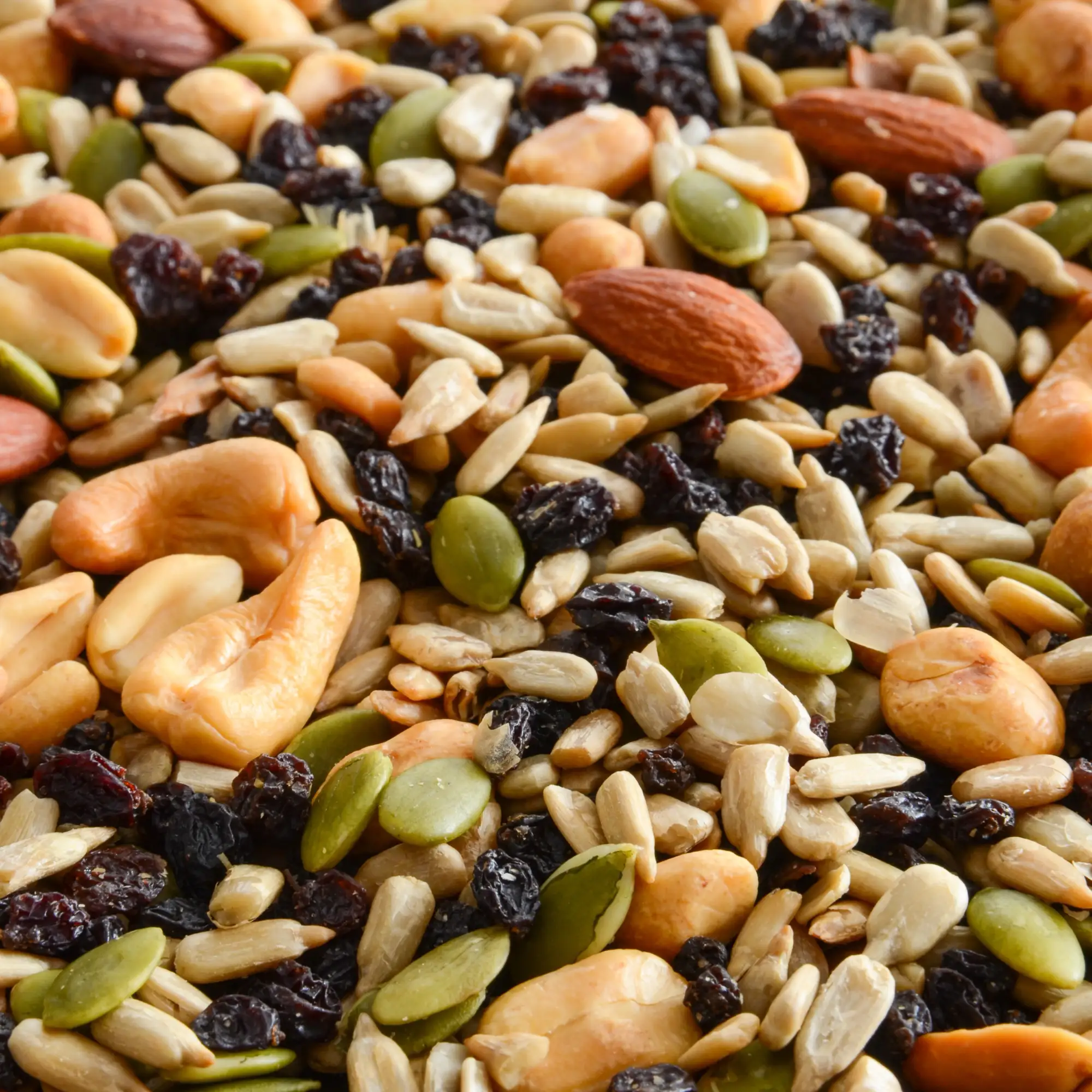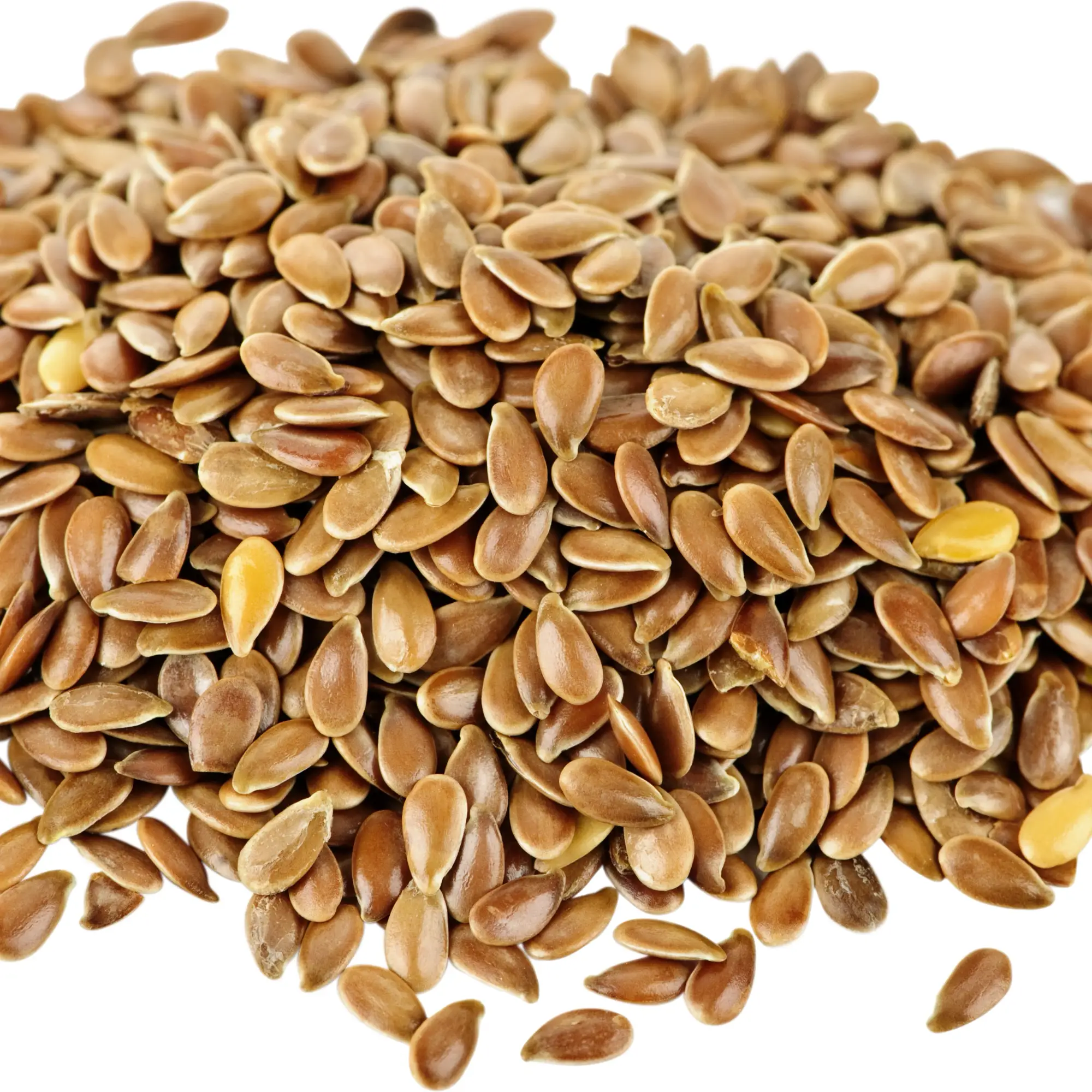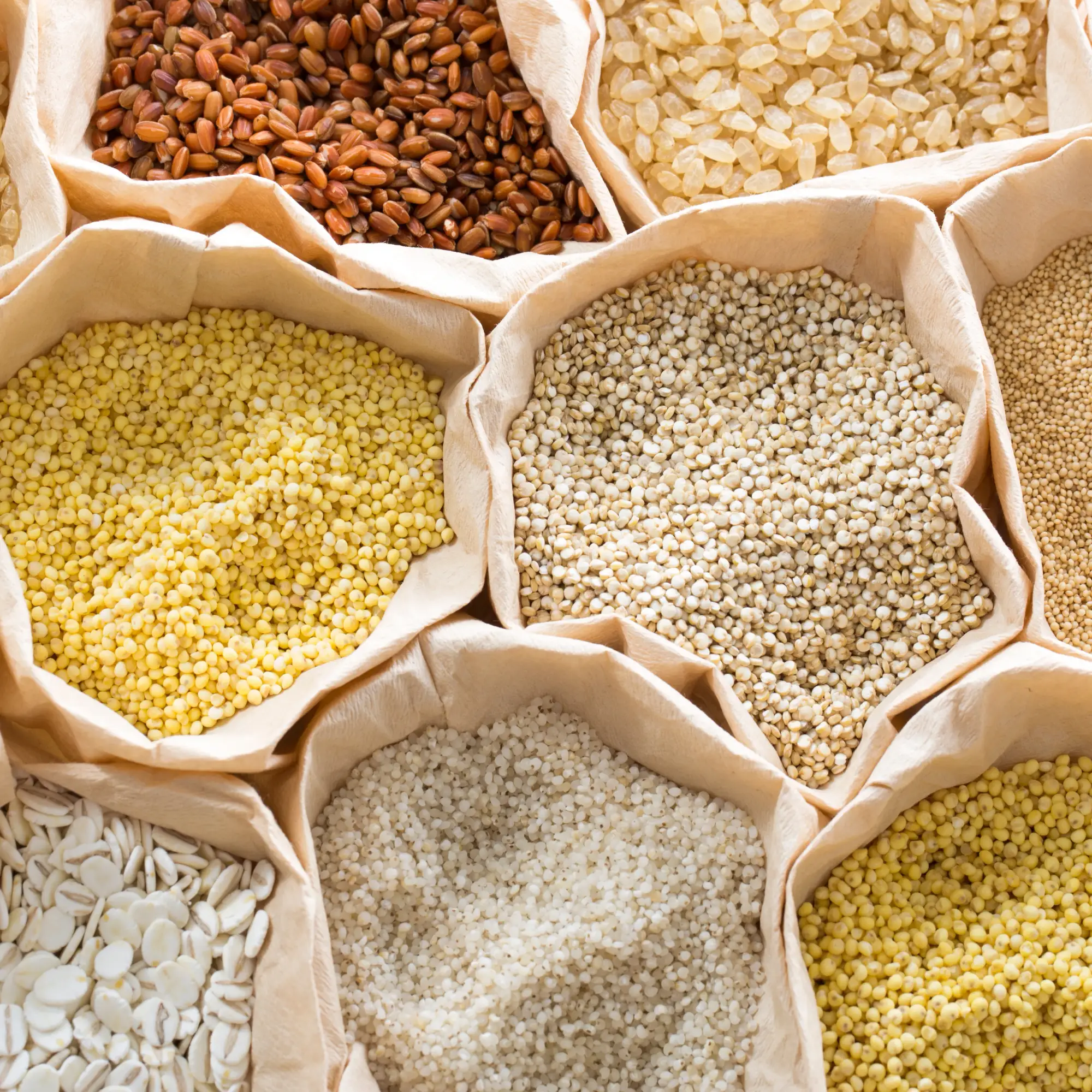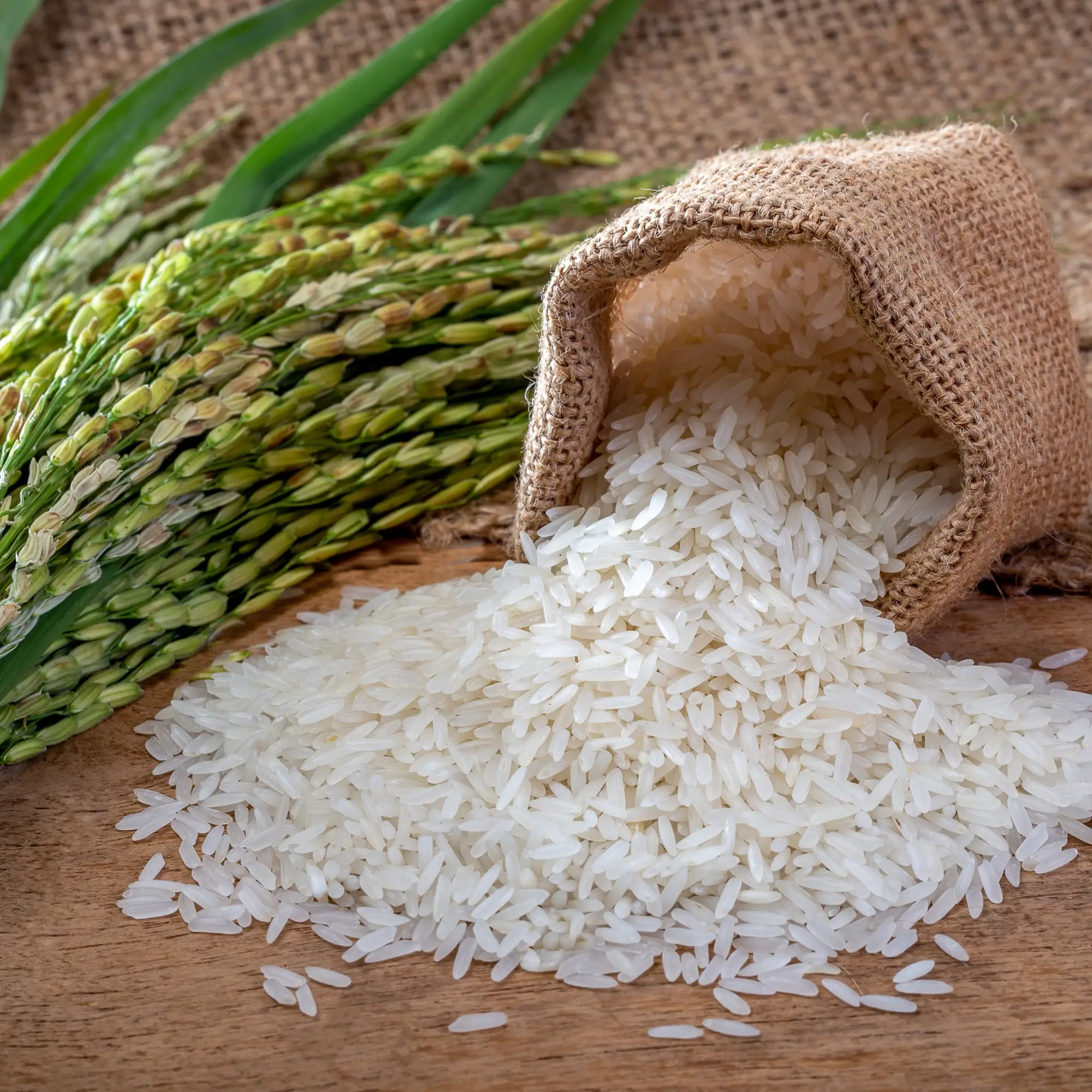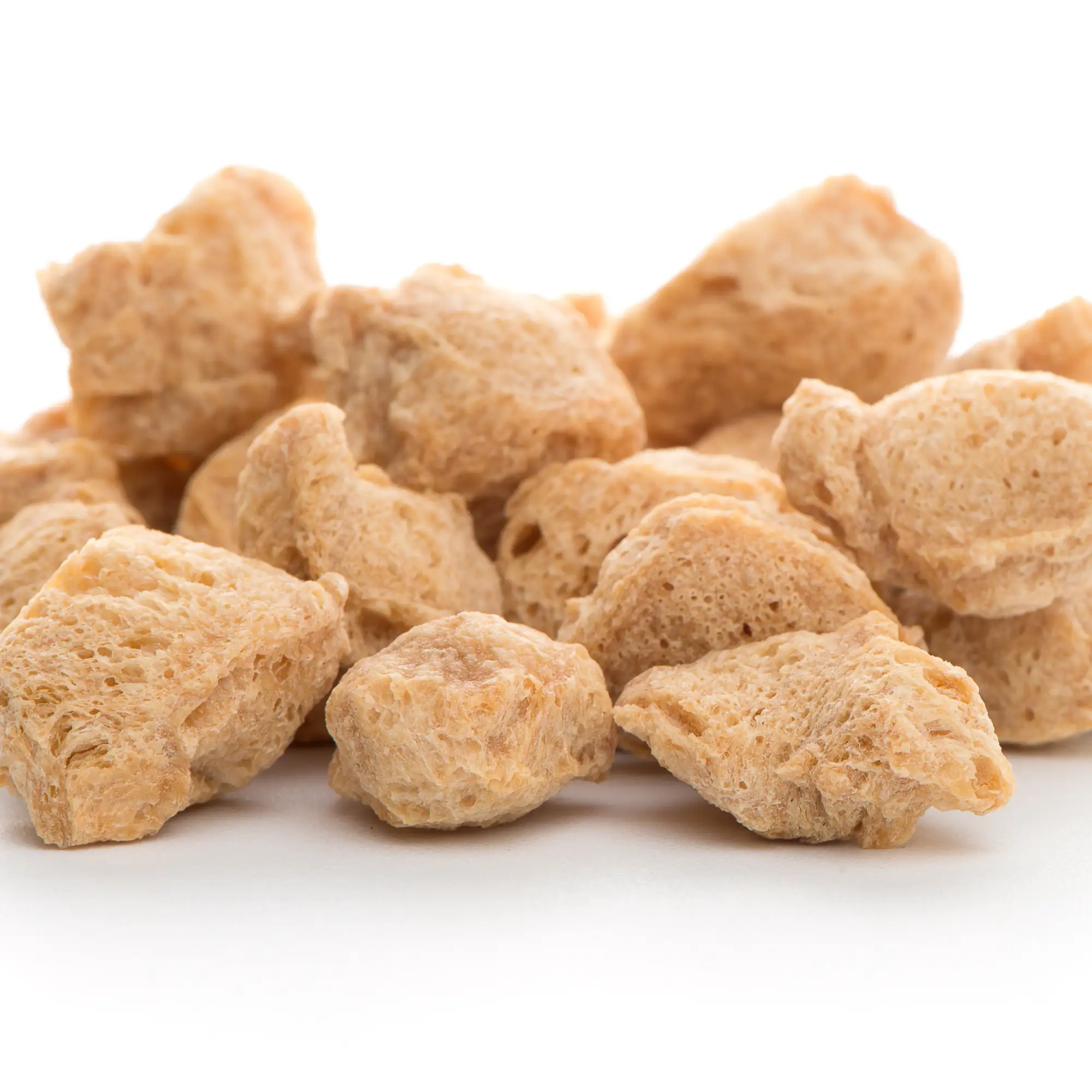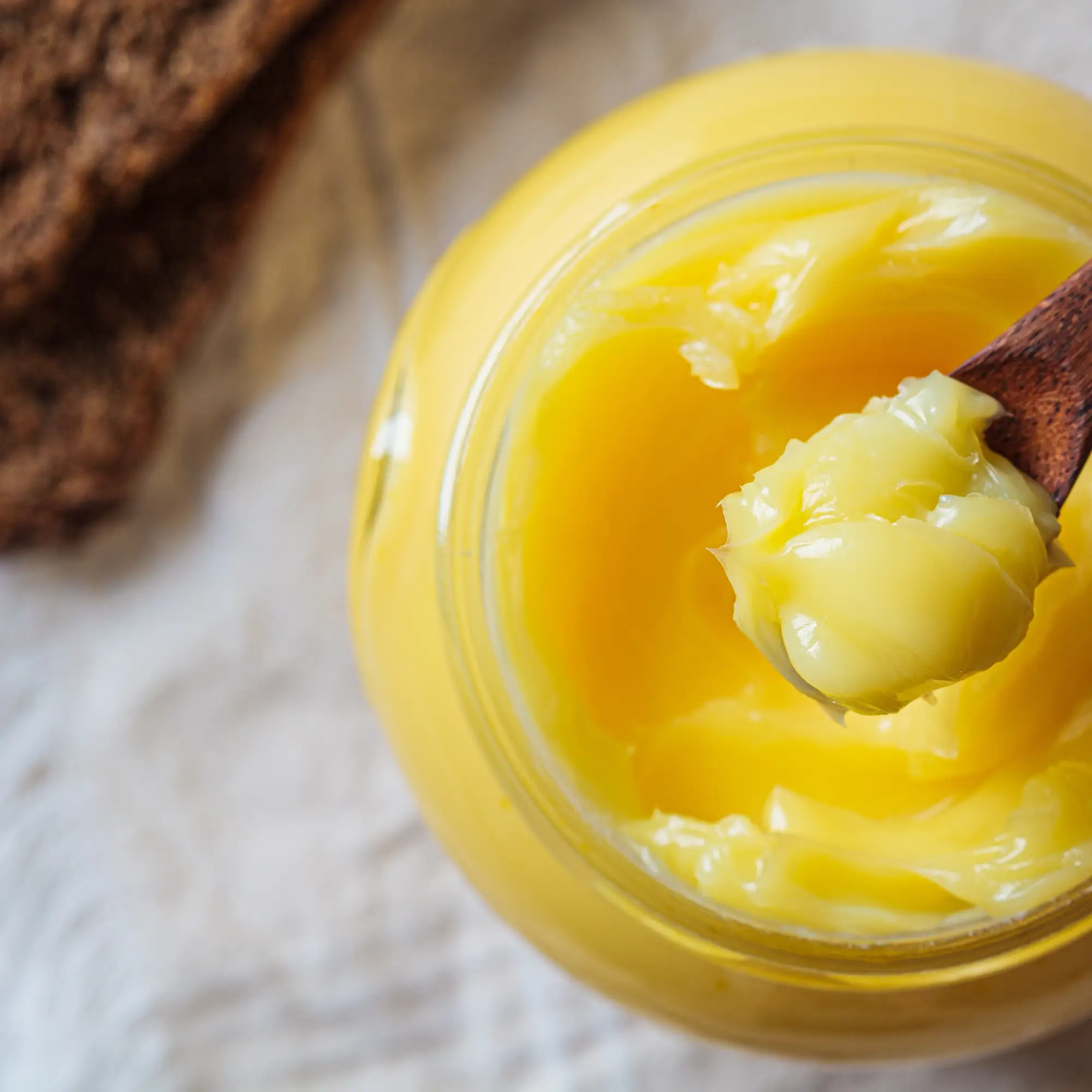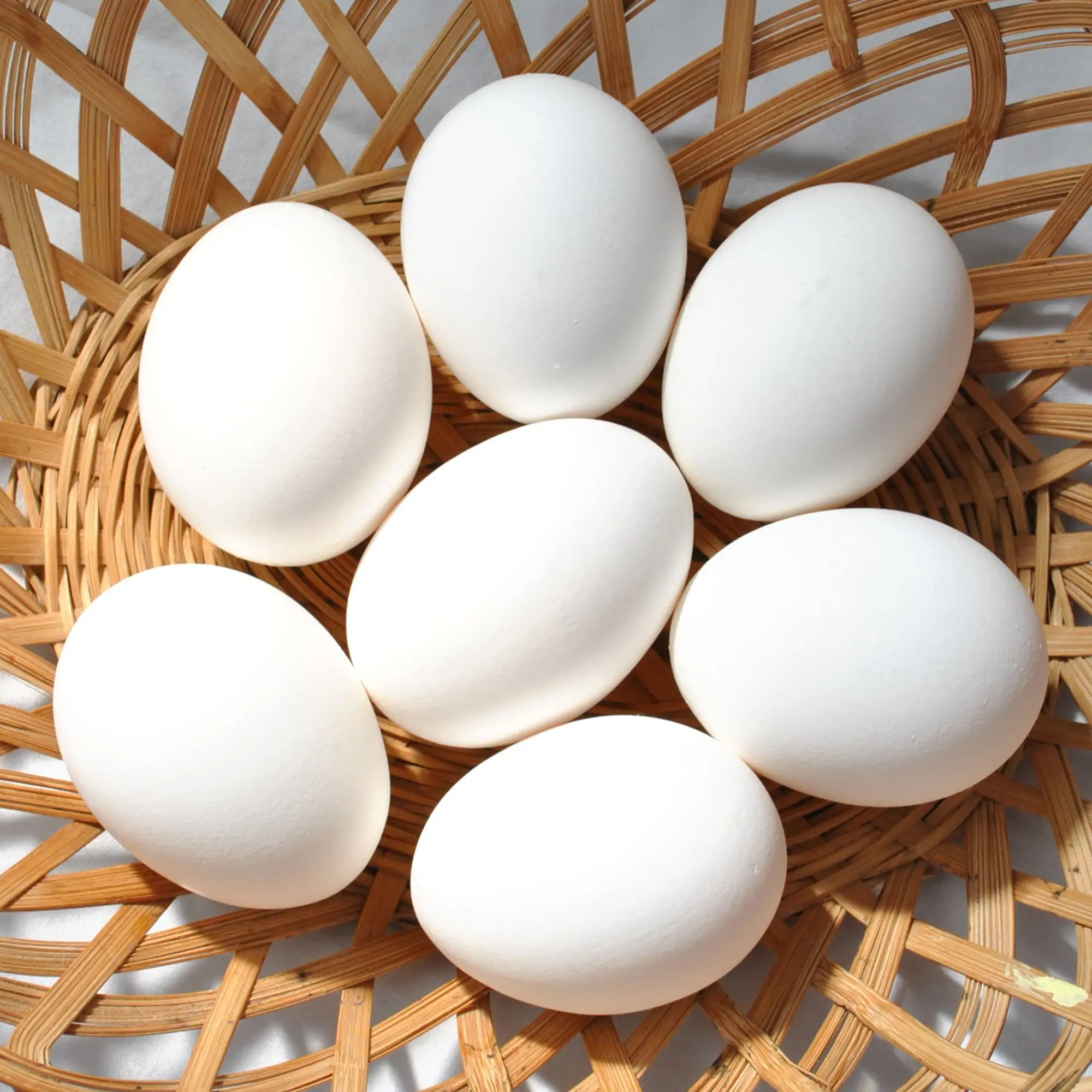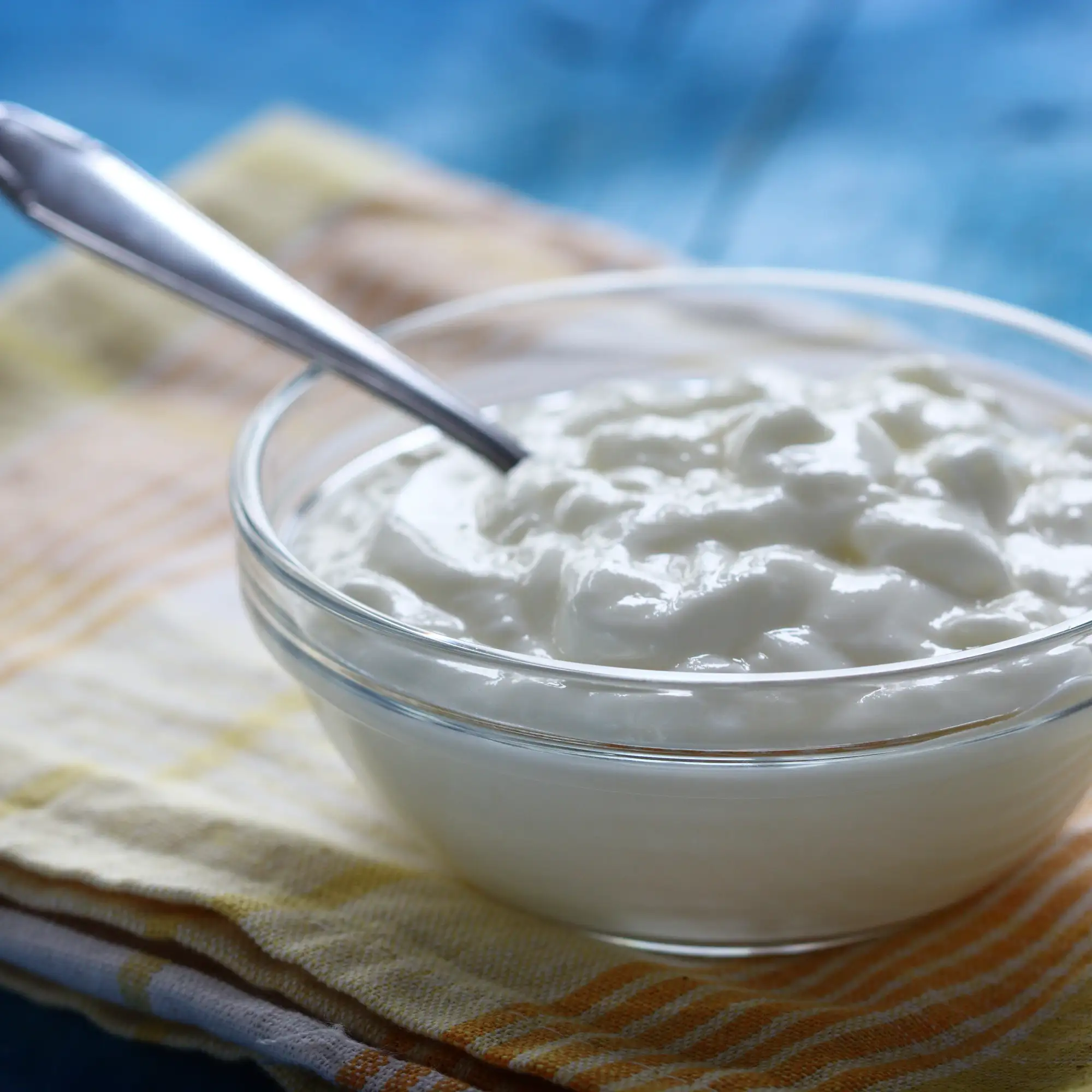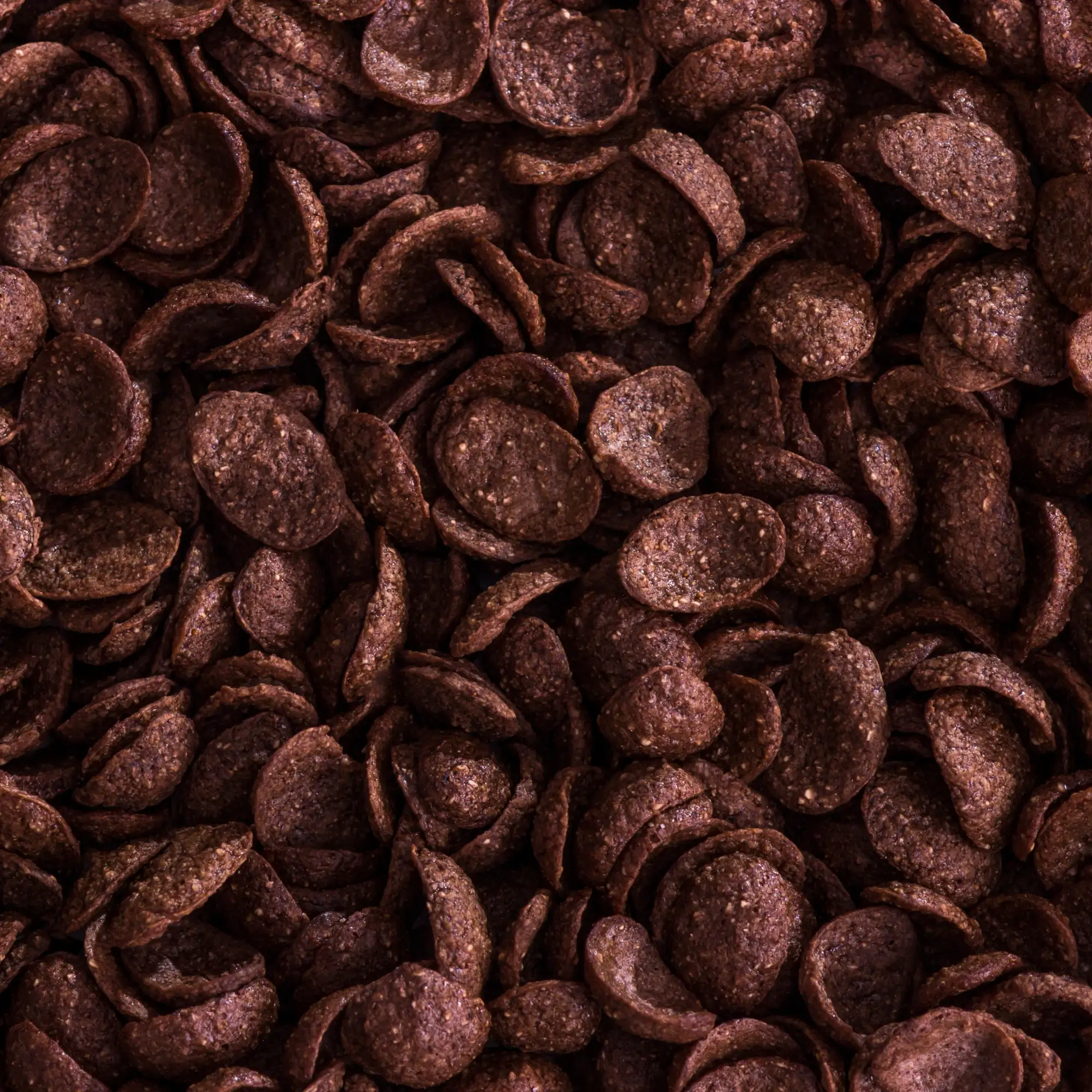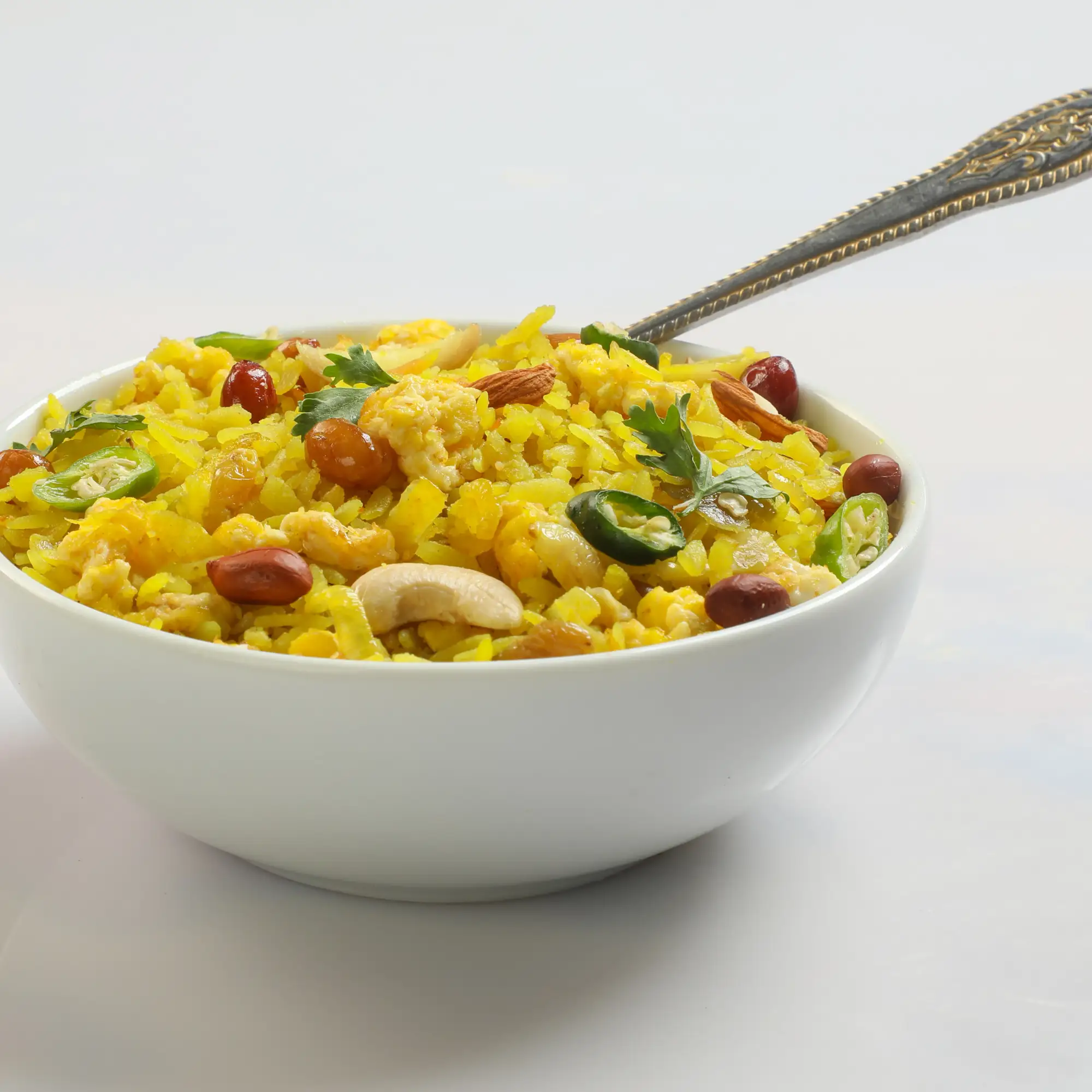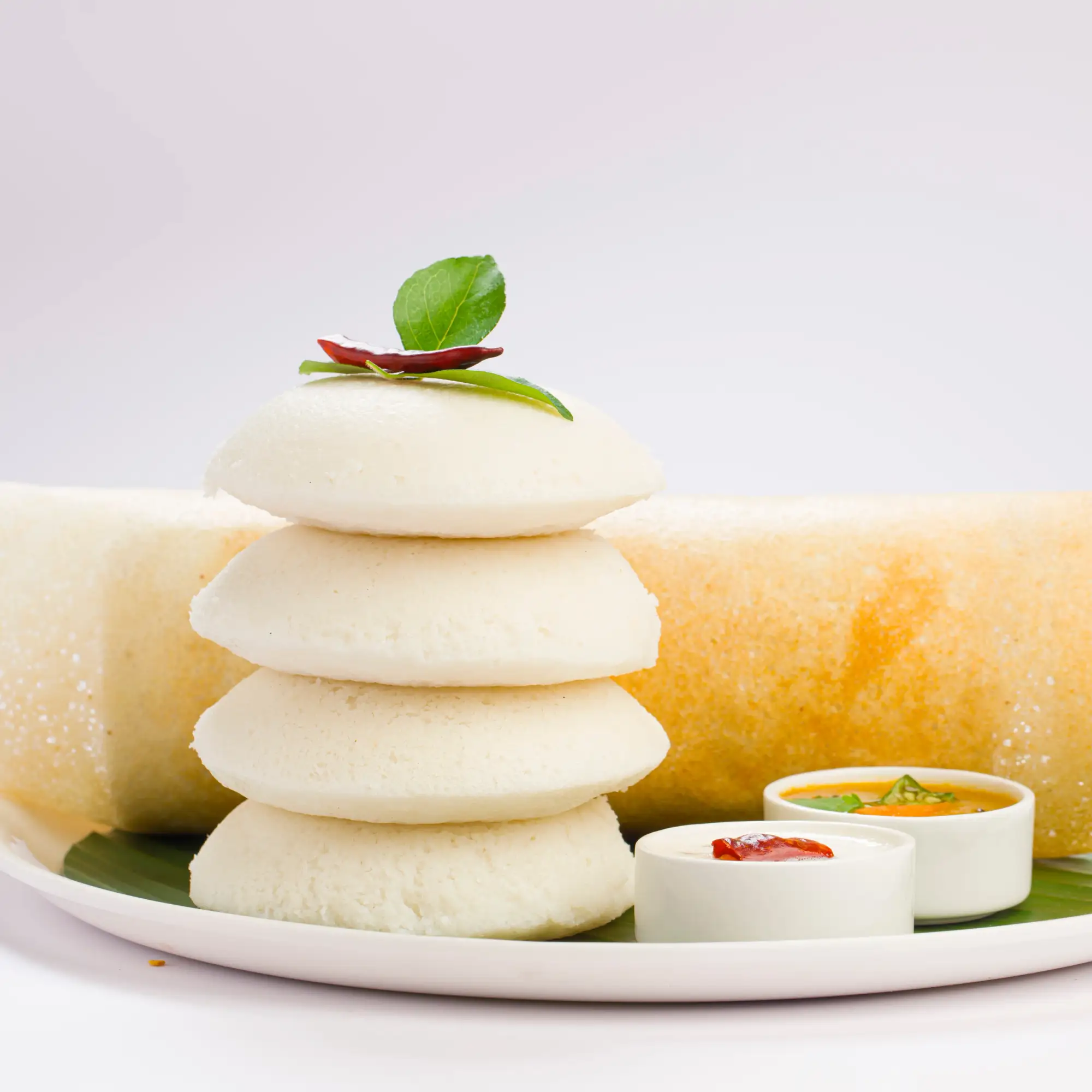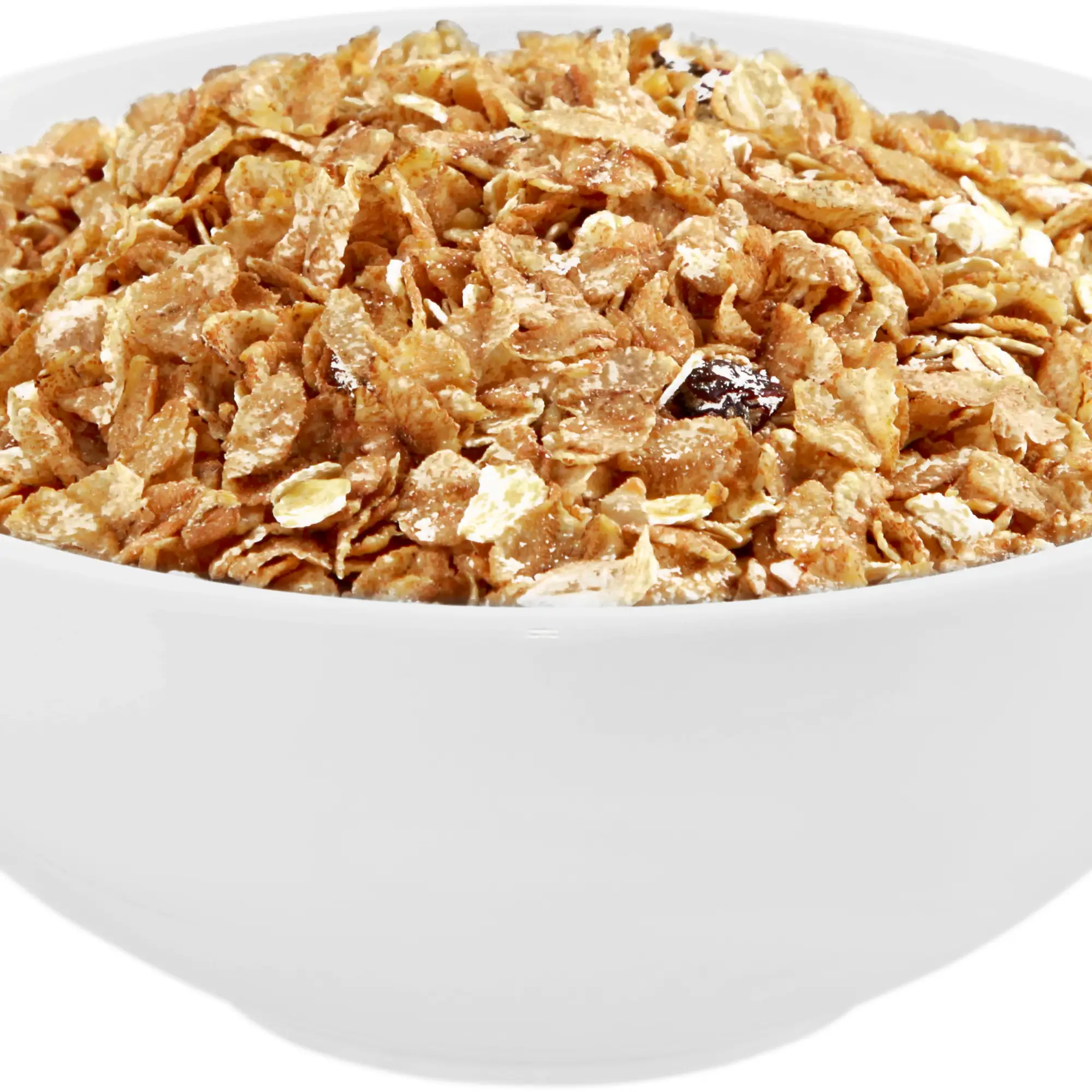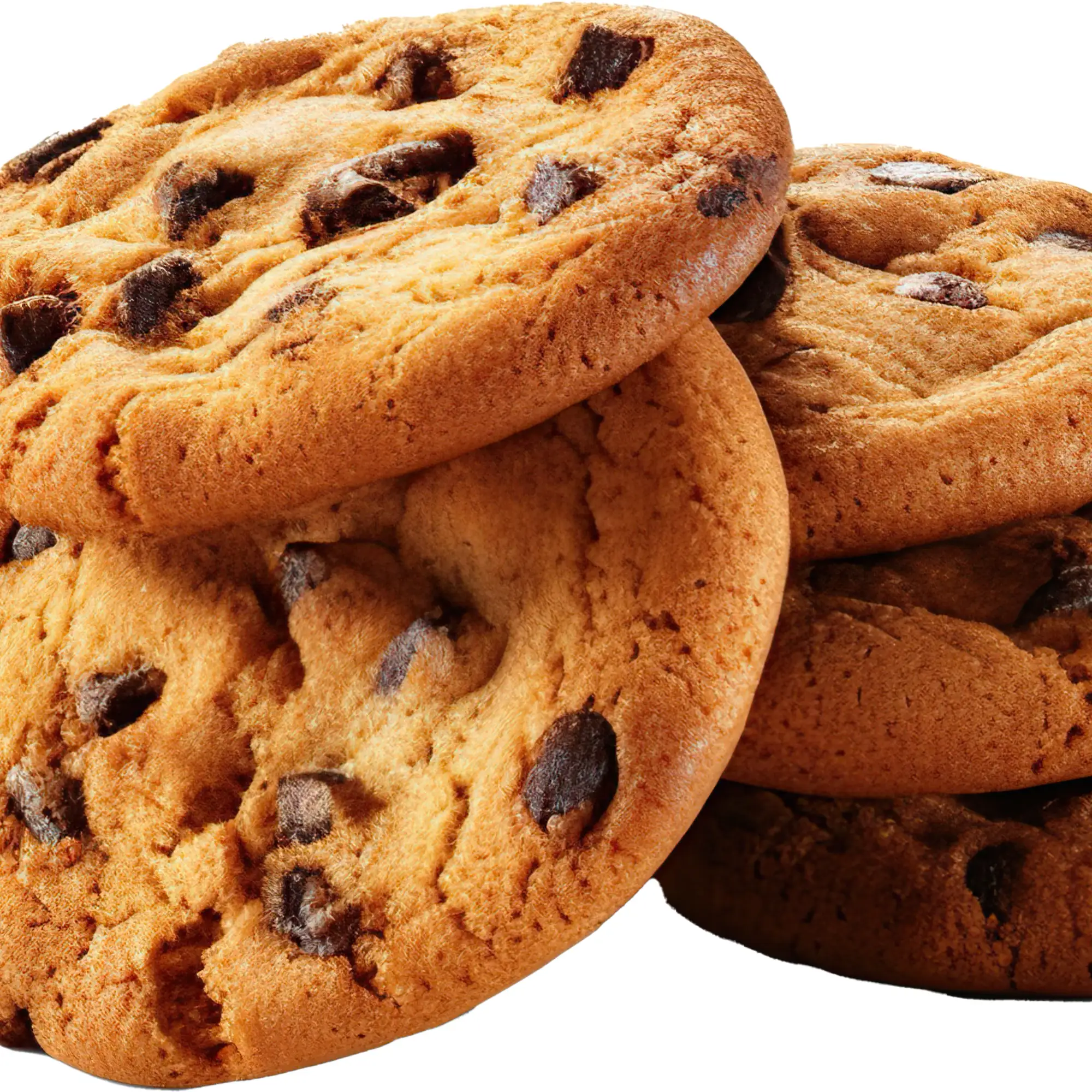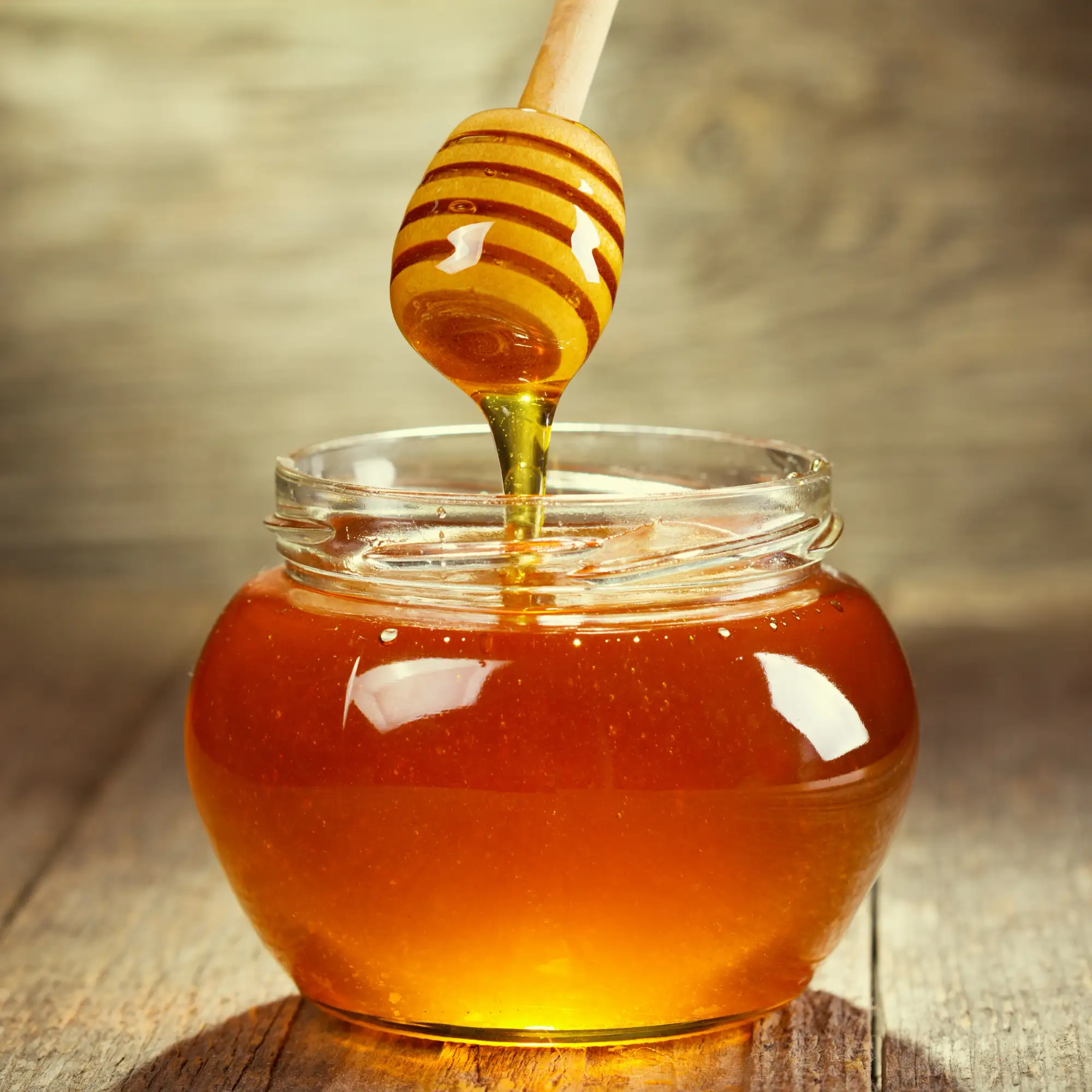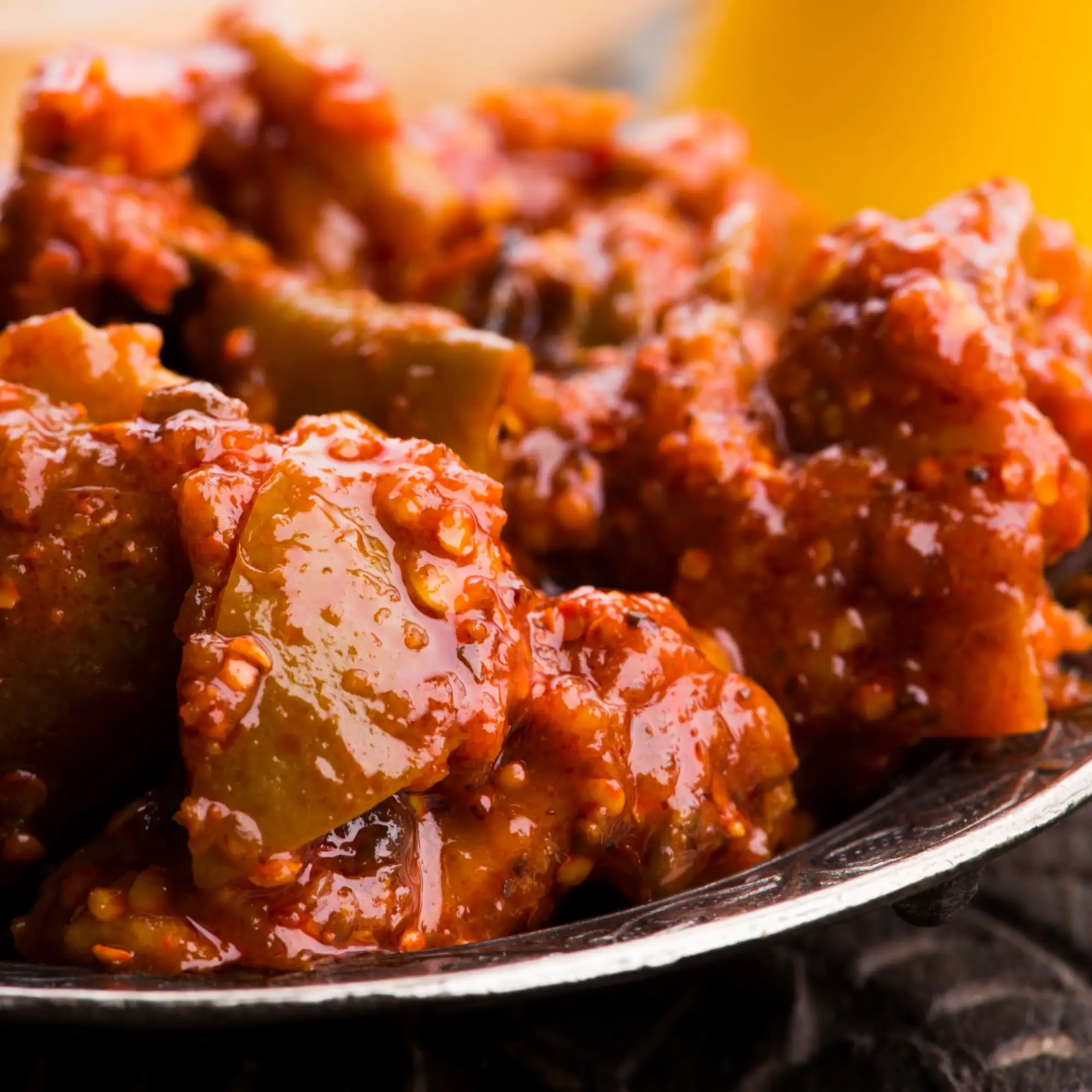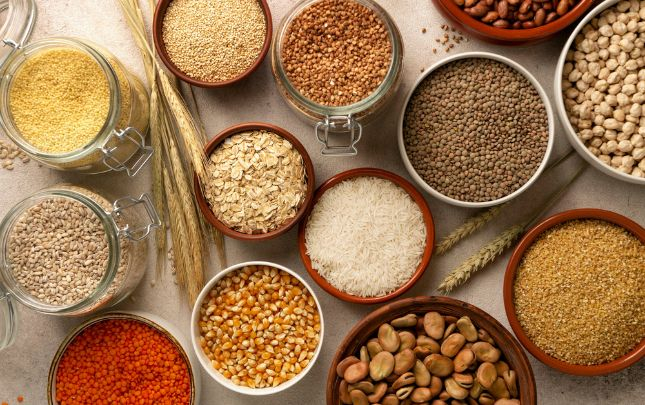Millets have been a staple in traditional diets for centuries, but they’re currently experiencing a well-deserved moment in the spotlight. These ancient grains are being rediscovered for their impressive nutritional profile and exceptional health benefits. Often referred to as "supergrains," millets are a must-add to any health-conscious diet—whether you're managing specific health conditions or just want to eat cleaner, more sustainable foods.
This blog will walk you through the nutritional power of millets, their unique health benefits, the types of millets you can explore, and how to easily incorporate them into your meals. By the end, you'll see why millets should play a starring role in your diet.
What Makes Millets a Nutritional Powerhouse?
Millets are small-seeded cereals rich in nutrients and packed with health benefits. Widely cultivated in Asia and Africa, they’re fast gaining popularity worldwide. Below is why millets are catching the eye of dieticians and nutritionists:
- Rich in Fiber, Protein, and Essential Minerals
Millets are loaded with dietary fiber, making them excellent for gut health. They’re also a good source of plant-based protein and countless essential minerals like magnesium, phosphorus, and iron.
- Low Glycemic Index
Millets are a boon for individuals managing diabetes. Their low glycemic index ensures a slow release of sugar into the bloodstream, keeping blood sugar spikes at bay.
- Gluten-Free
For those with gluten intolerance or celiac disease, millets are a versatile, gluten-free alternative to wheat and other grains. They’re easily digestible, making them suitable for people with sensitive stomachs.
7 Key Health Benefits of Including Millets in Your Diet
1. Boosts Digestive Health
The high fiber content in millets promotes healthy digestion and prevents constipation. By encouraging smoother bowel movements, these grains help maintain a healthy gut microbiome.
2. Regulates Blood Sugar Levels
Millets are ideal for diabetics as they release glucose into the bloodstream gradually, keeping blood sugar levels stable. This makes them a safer option compared to refined grains such as white rice or bread.
3. Promotes Heart Health
Millets are powerhouse grains for heart health. The dietary fiber and essential fats in millets help reduce bad cholesterol levels and improve blood circulation, making them great for your cardiovascular system.
4. Aids in Weight Management
Looking to manage your weight? Millets are your best friend. They keep you feeling full for longer, reducing the urge to snack on unhealthy food. The high fiber content also aids in maintaining a healthy metabolic rate.
5. Strengthens Immunity
Packed with antioxidants, vitamins, and minerals like zinc and magnesium, millets give your immune system a natural boost. Antioxidants help combat oxidative stress, keeping your body strong and healthy.
6. Improves Bone Health
Finger millet (Ragi) is especially rich in calcium, along with phosphorus and magnesium, making it ideal for strengthening bones and preventing conditions like osteoporosis.
7. Enhances Energy Levels
Millets are a great source of complex carbohydrates, providing sustained energy throughout the day. Whether you’re an athlete or a busy professional, millets can keep you energized for longer.
Exploring the Types of Millets and Their Unique Benefits
Different types of millets offer unique health perks tailored to various dietary needs. Here’s a quick guide to the most popular options:
1. Foxtail Millet
- Supports heart health and diabetes management.
- Contains good amounts of iron and fiber.
2. Pearl Millet (Bajra)
- High in iron, making it excellent for anemia prevention.
- Aids digestion and boosts overall immunity.
3. Finger Millet (Ragi)
- Richest source of calcium among cereals, strengthening bones.
- Perfect for children and older adults.
4. Sorghum (Jowar)
- Improves digestion and metabolism.
- Supports weight management and healthy cholesterol levels.
5. Barnyard Millet
- Extremely low in calories, ideal for weight loss.
- Suitable for fasting rituals in various cultures thanks to its lightness.
How to Incorporate Millets into Your Diet
Not sure how to add millets to your routine? These versatile grains fit easily into a variety of meals, making them a joy to experiment with. Here are some simple ways to enjoy them:
- Breakfast Boost
Make millet porridge for a nutritious start to your day. Add fresh fruits, nuts, and a dollop of honey for a flavor-packed bowl.
- Savory Dishes
Use millets to prepare traditional dishes like upma, khichdi, dosa, or even millet-powered risottos and soups. Their mild nutty flavor works well in savory recipes.
- Baked Goodies
Replace wheat flour with millet flour to create gluten-free breads, pancakes, muffins, and cookies.
- Millet Salads
Add cooked millets to salads for a hearty, protein-packed dish. Pair them with fresh veggies, vinaigrette, and your favorite herbs.
- Snacks and Snacks
Try millet-based snacks like puffs, crackers, or chips for a healthy alternative to processed snacks.
- Dinner Staples
Substitute rice or quinoa with cooked millets as a base for curries or stir-fries.
Why Millets Belong in Your Diet
Adding millets to your diet is one of the simplest—and tastiest—ways to improve your health and well-being. With their rich nutritional profile and numerous health benefits, these versatile grains are perfect for anyone looking to make more mindful food choices, manage chronic conditions, or simply explore new flavors.
But it’s not just about personal health. Millets are a sustainable crop that requires fewer resources than rice or wheat, making them an eco-friendly choice for reducing your carbon footprint. By supporting millets, you’re contributing to a healthier planet as well.
Take the first step towards a nutrient-rich, eco-friendly diet starting today. Your body—and the Earth—will thank you. Why wait? Get creative and start experimenting with millet recipes right now!


